PU Leather vs Genuine Leather: Comprehensive Durability Tests & Comparison
Table Of Contents
When shopping for leather furniture in Singapore, you'll inevitably face the choice between genuine leather and PU (polyurethane) leather. While both materials have their distinct appeal in home furnishings, their durability differences can significantly impact your long-term satisfaction and investment value.
At Loft Home Furniture, we believe in empowering customers with transparent information about furniture materials. Understanding how each type of leather performs under various conditions is crucial for making an informed decision that aligns with your lifestyle, budget, and expectations.
This comprehensive guide examines the results of rigorous durability tests comparing PU leather and genuine leather across multiple factors. Whether you're considering a leather sofa for your living room or leather dining chairs for your dining area, these insights will help you determine which material best suits your specific needs in Singapore's unique climate and living conditions.
Understanding Leather Types: PU vs Genuine
Before diving into durability comparisons, it's essential to understand what each material actually is. This fundamental difference affects everything from feel to performance.
Genuine Leather is made from animal hides, typically cattle, that undergo a tanning process to preserve and strengthen the material. It's a natural product with inherent variations in texture, color, and markings that contribute to its unique character. Genuine leather is generally categorized into several grades, with full-grain and top-grain being the highest quality options.
PU Leather (Polyurethane Leather) is a synthetic material consisting of a fabric base coated with a polymer layer that mimics the appearance of real leather. This man-made alternative is designed to replicate the look and feel of genuine leather at a more accessible price point. Modern manufacturing techniques have significantly improved PU leather's quality and appearance over the years.
Both materials are widely used in furniture production, including our collections of Genuine Leather Sofas and PU Leather Sofas at Loft Home Furniture.
Comprehensive Durability Tests
To provide objective insights into how these materials perform over time, we've analyzed comprehensive durability test results across several key factors that affect furniture longevity.
Scratch Resistance
Scratch resistance is particularly important for households with children or pets. Our analysis reveals:
Genuine Leather: Naturally more resistant to scratches than PU leather. While it can still be scratched, genuine leather develops a desirable patina over time that often incorporates minor scratches into its character. Deeper scratches can be treated with conditioning products to minimize their appearance.
PU Leather: More vulnerable to scratching, and once the surface layer is compromised, it cannot be repaired as effectively as genuine leather. Sharp objects can easily penetrate the polyurethane coating, potentially exposing the fabric underneath. However, higher-quality PU leather with thicker coatings offers improved scratch resistance.
Test results show that genuine leather outperforms PU leather in scratch resistance tests by approximately 40-60%, depending on the specific grade of leather and quality of PU material being compared.
Water Resistance
In Singapore's humid climate, water resistance becomes an especially important consideration.
Genuine Leather: Natural leather is porous and can absorb liquids if not treated promptly. Water spots may develop if spills aren't wiped away quickly. However, properly treated genuine leather with protective coatings offers reasonable water resistance. Higher-grade leathers often receive better water-resistant treatments during the manufacturing process.
PU Leather: Generally more water-resistant than genuine leather due to its non-porous synthetic surface. Liquids tend to bead on the surface rather than being absorbed, allowing for easier cleanup. This makes PU leather furniture a practical choice for dining areas or homes with young children.
In water resistance tests, PU leather typically outperforms genuine leather, with water taking 3-5 times longer to penetrate PU leather compared to untreated genuine leather.
Heat Resistance
Heat resistance affects how furniture responds to both direct heat sources and prolonged exposure to warm environments.
Genuine Leather: More heat-resistant than PU leather. It can withstand higher temperatures before showing signs of damage, though extreme heat can still cause drying, cracking, or discoloration over time. Quality genuine leather can typically withstand temperatures up to 75-80°C before sustaining damage.
PU Leather: More vulnerable to heat damage. Direct exposure to heat sources can cause the polyurethane layer to soften, deform, or even melt at lower temperatures. Extended exposure to heat can accelerate the breakdown of the material's chemical structure. Most PU leather begins to show damage at temperatures between 40-60°C.
Heat resistance tests demonstrate that genuine leather maintains its structural integrity at temperatures approximately 25-35°C higher than PU leather before showing visible damage.
UV Light Exposure
In sunny Singapore, furniture placed near windows or in naturally bright spaces faces significant UV exposure.
Genuine Leather: Susceptible to fading and drying when exposed to direct sunlight over extended periods. However, quality genuine leather with proper conditioning can maintain its appearance longer and age more gracefully even with some UV exposure. The fading tends to be more uniform, sometimes creating an attractive vintage look.
PU Leather: Generally more prone to UV damage than genuine leather. Prolonged exposure can cause the material to crack, peel, and discolor. The synthetic polymers break down under UV radiation, often resulting in a hardened surface that eventually develops visible cracks. This deterioration process is typically more visually apparent than with genuine leather.
In accelerated UV exposure tests, genuine leather typically shows 30-40% less visible deterioration than PU leather over equivalent time periods.
Tear Strength
Tear strength measures how well the material resists continuing to tear once a small tear or puncture has been initiated.
Genuine Leather: Possesses superior tear resistance due to its natural fiber structure. The interwoven collagen fibers in animal hide create a material that resists tear propagation. Even when punctured, tears in quality leather are less likely to spread without significant force. Full-grain leather offers the highest tear resistance, while split leathers are somewhat less resistant.
PU Leather: Generally exhibits lower tear strength. Once the surface layer is compromised, tears can spread more easily through the material. The underlying fabric base may provide some resistance, but it typically cannot match the natural structural integrity of genuine leather. Higher-quality PU leathers with reinforced backing materials perform better but still fall short of genuine leather.
Laboratory tear strength tests indicate that quality genuine leather requires approximately 2-3 times more force to propagate a tear compared to typical PU leather.
Abrasion Resistance
Abrasion resistance determines how well a material withstands regular friction from normal use, such as people sitting on a sofa or chair repeatedly over time.
Genuine Leather: Offers excellent abrasion resistance, especially in higher grades like full-grain and top-grain leather. The dense fiber structure allows it to withstand years of regular use with minimal visible wear. Areas that do show wear often develop a desirable patina rather than looking damaged.
PU Leather: Generally less resistant to abrasion over long periods. The polyurethane coating can wear away with regular use, particularly in high-traffic areas like seat cushions and armrests. Once the coating begins to wear, deterioration often accelerates. However, advances in manufacturing have improved the abrasion resistance of premium PU leather products.
In standardized Martindale abrasion tests, quality genuine leather typically withstands 4-5 times more abrasion cycles before showing significant wear compared to average PU leather.
Lifespan Comparison: PU Leather vs Genuine Leather
The cumulative effect of these durability factors translates directly into expected lifespan differences between the two materials.
Genuine Leather: Quality genuine leather furniture can last 15-25 years or more with proper care and maintenance. It ages gradually, often improving in character and comfort over time. This exceptional longevity makes it a good long-term investment despite the higher initial cost.
PU Leather: Typically has a shorter lifespan of approximately 5-10 years before showing significant signs of deterioration. Higher-quality PU leather with better manufacturing processes may last toward the upper end of this range, while budget options often begin deteriorating within 3-5 years, especially in Singapore's climate.
This substantial difference in longevity is an important consideration when evaluating the true cost of leather furniture over time. The Genuine Leather Chairs and PU Leather Chairs in our collection represent different investment propositions based on these lifespan expectations.
Maintenance Requirements
The effort required to maintain these materials in optimal condition also differs significantly.
Genuine Leather: Requires regular maintenance to preserve its appearance and extend its lifespan. This typically includes:
- Dusting and vacuuming with soft attachments regularly
- Applying leather conditioner every 6-12 months
- Promptly cleaning spills with appropriate leather cleaners
- Avoiding direct sunlight and heat sources
- Occasional professional cleaning for best results
While this maintenance routine requires more effort, it directly contributes to the material's exceptional longevity.
PU Leather: Generally easier to maintain on a day-to-day basis:
- Regular wiping with a damp cloth is usually sufficient for cleaning
- No conditioning required
- Spills can be wiped away easily
- Should still be protected from extended UV exposure
- Cannot be restored once deterioration begins
The simplified maintenance requirements make PU leather an attractive option for busy households or those seeking low-maintenance furniture solutions.
Singapore Climate Considerations
Singapore's tropical climate presents specific challenges for leather furniture that should factor into your decision.
High Humidity Effects: Singapore's consistently high humidity levels (typically 70-90%) can affect both materials differently:
- Genuine leather may be susceptible to mold or mildew in extremely humid conditions if not properly maintained. However, quality leather with regular conditioning remains resilient in humid environments.
- PU leather is less affected by humidity alone but may deteriorate faster when high humidity combines with high temperatures, as these conditions can accelerate chemical breakdown in the synthetic material.
Air Conditioning Considerations: Many Singapore homes operate air conditioning regularly, creating significant temperature fluctuations between indoor and outdoor environments:
- Genuine leather adapts well to these changes and can actually benefit from the moisture-controlled environment that air conditioning provides.
- PU leather may experience accelerated deterioration from the constant expansion and contraction caused by temperature and humidity fluctuations.
For Singapore homes, proper climate control and furniture placement away from direct sunlight can significantly extend the lifespan of both materials.
Cost-Value Analysis
When evaluating genuine leather versus PU leather, considering the long-term value proposition is essential.
Initial Investment:
- Genuine leather furniture typically costs 2-4 times more than comparable PU leather pieces. For example, a quality 3-seater genuine leather sofa might range from S$2,000-S$5,000+, while a similar PU leather sofa might cost S$800-S$1,800.
- This substantial price difference makes PU leather more accessible for those with budget constraints or who prefer to update their furniture more frequently.
Long-term Value:
- When calculating cost per year of use, genuine leather often provides better long-term value despite the higher initial investment. A S$3,000 genuine leather sofa lasting 20 years costs approximately S$150 per year of use.
- A S$1,200 PU leather sofa lasting 7 years costs about S$171 per year of use.
- Additionally, genuine leather furniture often retains some resale value, while PU leather pieces typically have minimal resale value once used.
At Loft Home Furniture, we offer both Genuine Leather Sofas and PU Leather Sofas at competitive price points, allowing customers to make choices based on their specific budget and longevity expectations.
Environmental Impact
For environmentally conscious consumers, the sustainability aspects of these materials present important considerations.
Genuine Leather:
- As a byproduct of the meat industry, genuine leather utilizes materials that might otherwise be discarded
- The tanning process can involve chemicals with environmental impacts, though vegetable-tanned options are more eco-friendly
- Its exceptional longevity means fewer replacements and less furniture in landfills
- Biodegrades naturally at the end of its useful life, though this process can be slow
PU Leather:
- Production involves synthetic chemicals and petroleum-based materials
- Manufacturing generally has a smaller carbon footprint than raising cattle
- Shorter lifespan means more frequent replacement and disposal
- Does not biodegrade and contributes to landfill waste
- Some newer eco-friendly PU leathers use partially bio-based materials to reduce environmental impact
The environmental comparison isn't straightforward, as each material has different types of environmental impacts. For the most eco-conscious choice, look for either responsibly sourced genuine leather or newer, more sustainable PU leather alternatives.
Making the Right Choice for Your Home
Based on the comprehensive durability tests and considerations discussed, here are some guidelines to help you choose between genuine leather and PU leather for your Singapore home:
Consider genuine leather if:
- You're making a long-term investment in furniture that will last decades
- You appreciate natural materials that develop character over time
- You're willing to perform regular maintenance
- You have a higher budget for quality furniture
- Your furniture will be placed in areas with moderate use and limited direct sunlight
Consider PU leather if:
- You prefer a more affordable option with lower initial cost
- You have young children or pets and are concerned about spills and easy cleaning
- You enjoy updating your furniture styles more frequently
- You need water-resistant furniture for practical reasons
- Your furniture will be placed in areas with high humidity or varying conditions
For many Singapore homes, a combination approach works well—investing in genuine leather for primary living room seating that sees daily use, while choosing PU leather for accent pieces, dining chairs, or rooms used less frequently.
The durability difference between PU leather and genuine leather is substantial across multiple performance factors. While genuine leather excels in scratch resistance, heat tolerance, tear strength, and overall longevity, PU leather offers advantages in water resistance, maintenance simplicity, and initial affordability.
Understanding these differences allows you to make an informed decision based on your specific needs, budget, and expectations. At Loft Home Furniture, we believe in transparent information that helps customers find the perfect balance between quality, affordability, and practicality for their unique Singapore homes.
Whether you choose the enduring investment of genuine leather or the practical affordability of PU leather, selecting quality furniture from reputable retailers ensures you'll receive the best performance possible from your chosen material. Both options have their place in modern home design, and the right choice ultimately depends on your personal priorities and lifestyle requirements.
Visit Loft Home Furniture to explore our extensive collection of both genuine leather and PU leather furniture options. Our knowledgeable team is ready to help you find the perfect balance of style, durability, and value for your Singapore home.
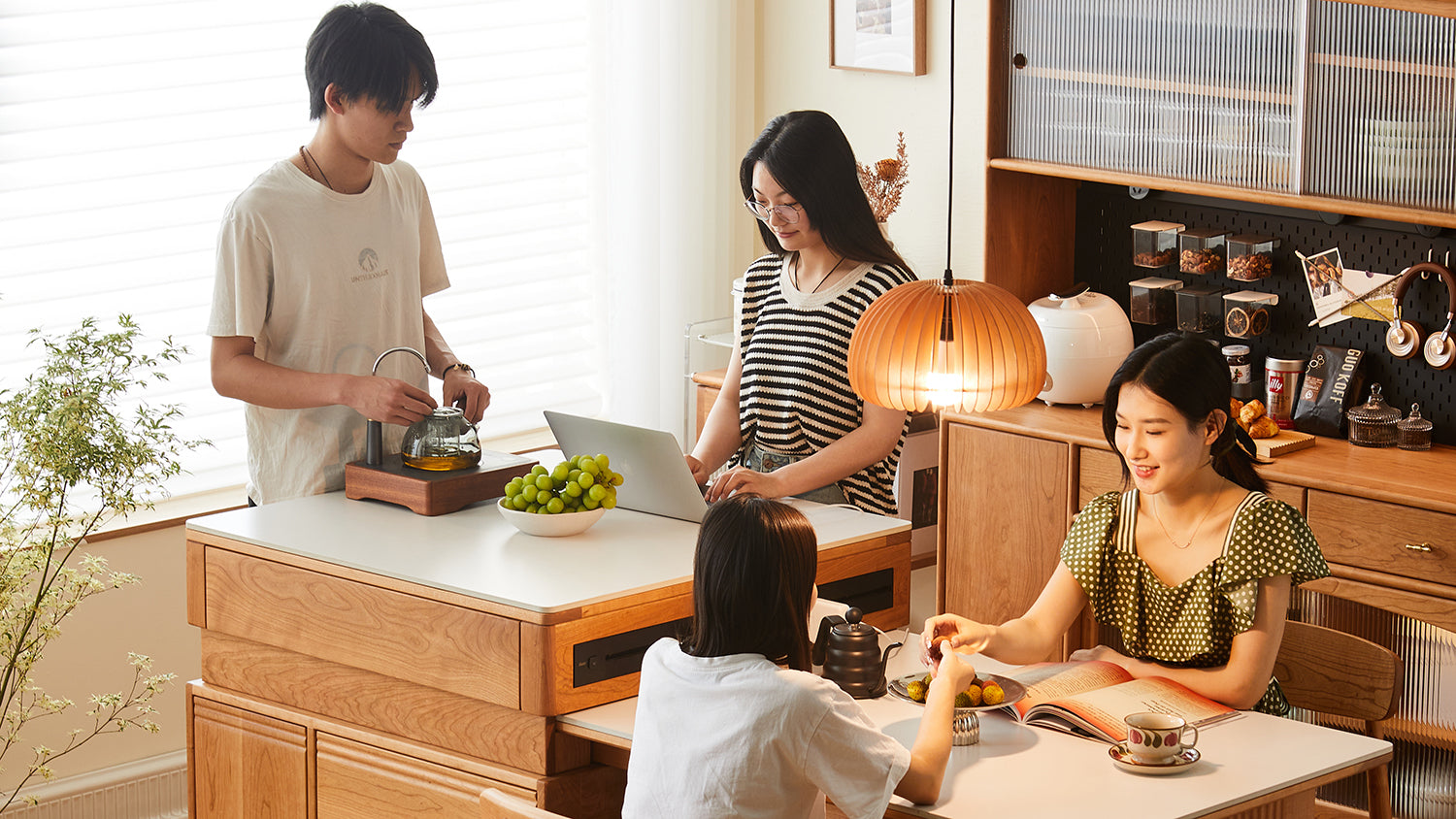

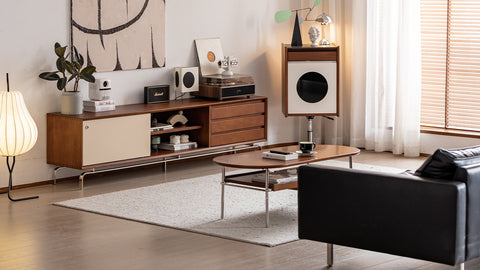

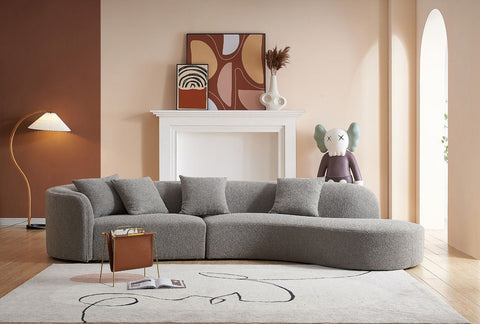
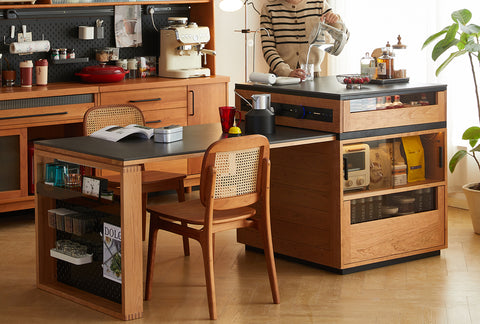
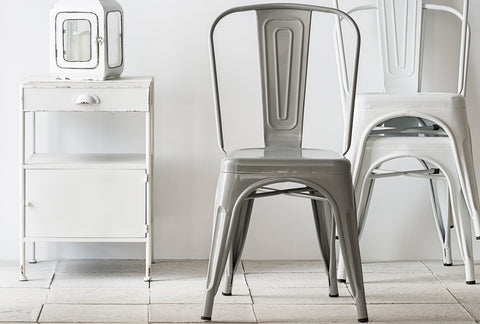
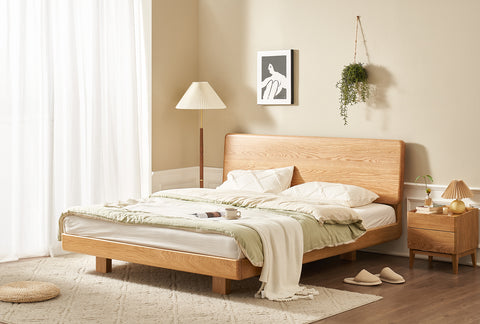
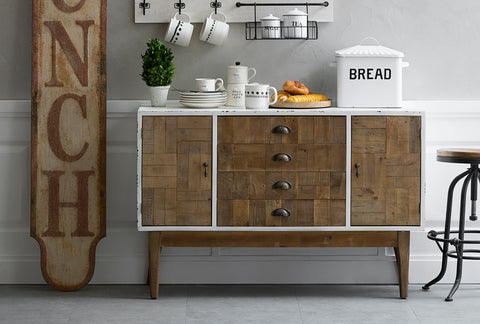




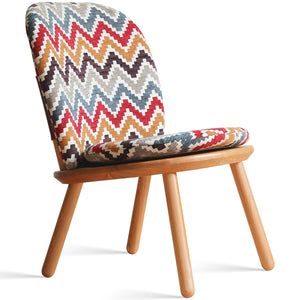
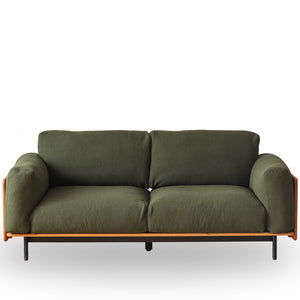
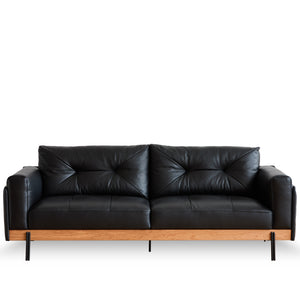
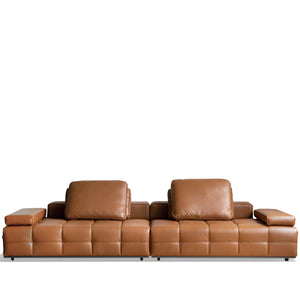
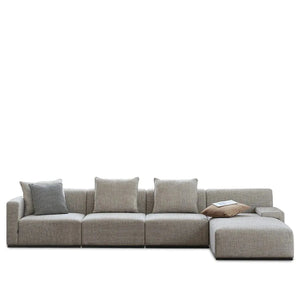
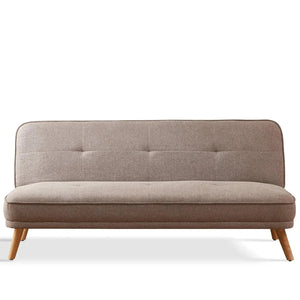
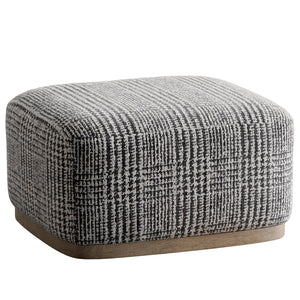
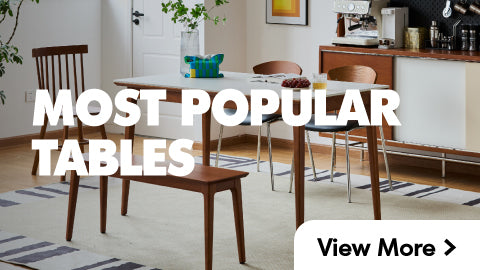
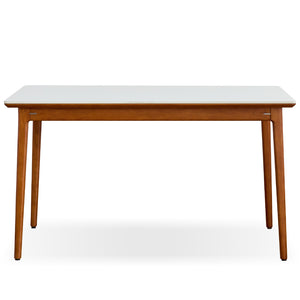
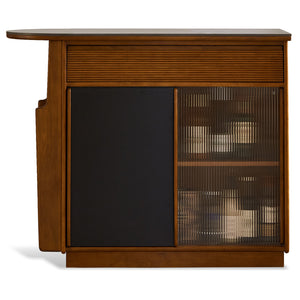
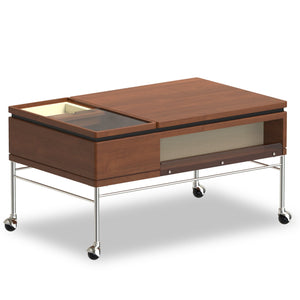
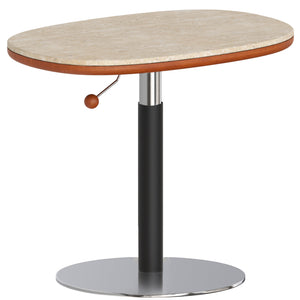
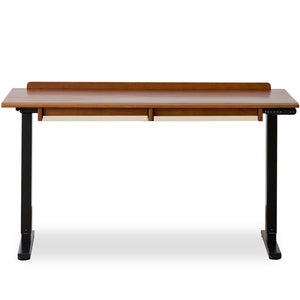
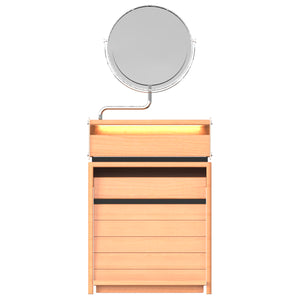
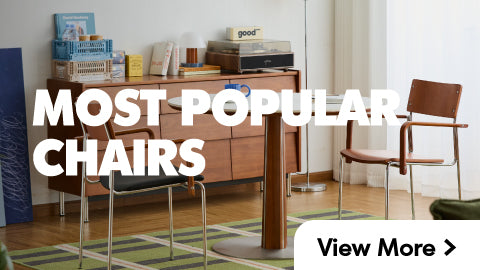
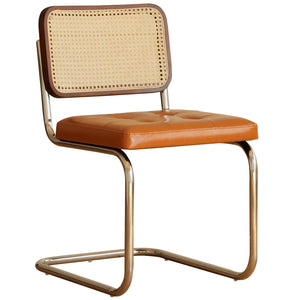
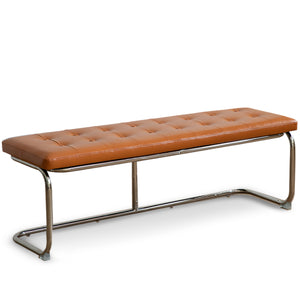
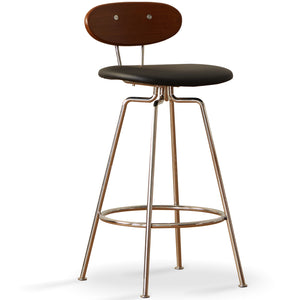

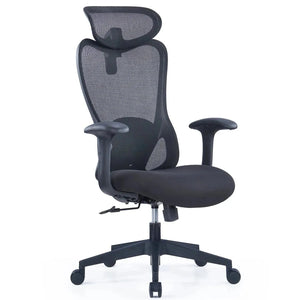
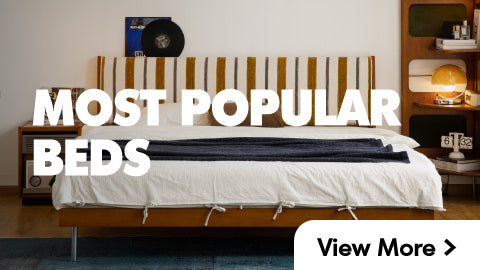
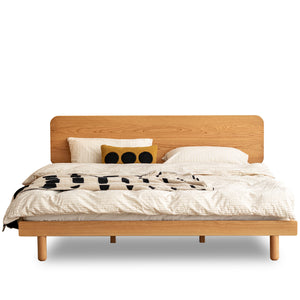
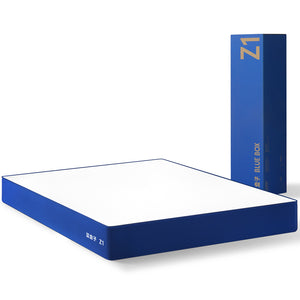
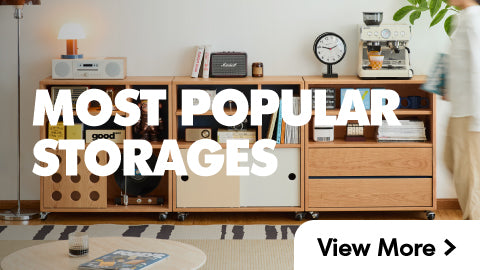
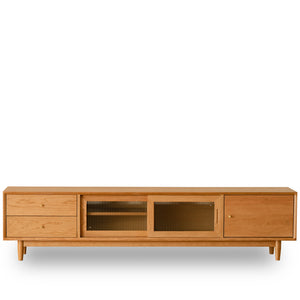
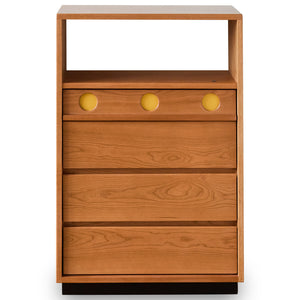
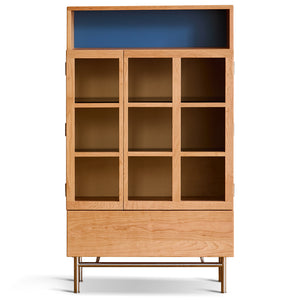
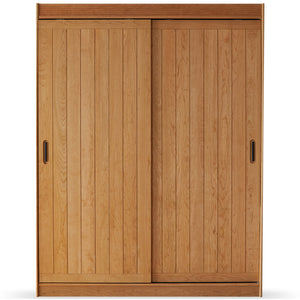
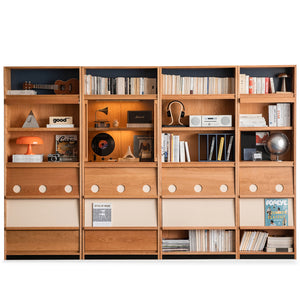

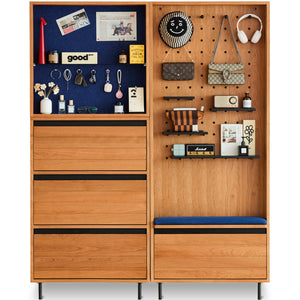
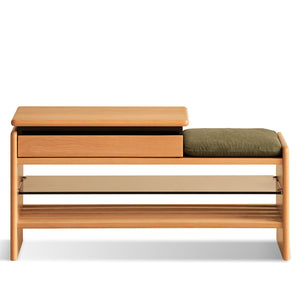
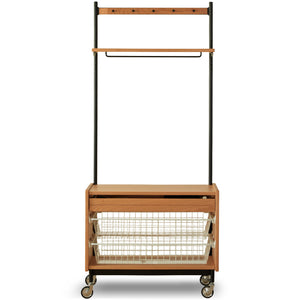
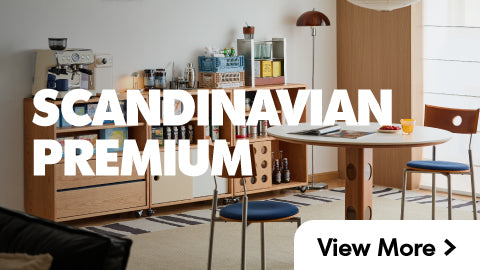






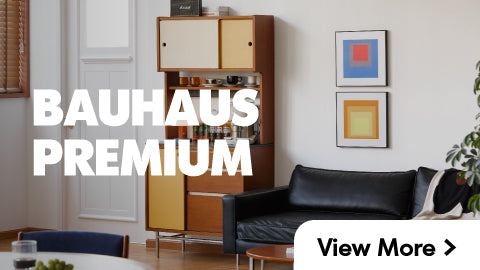














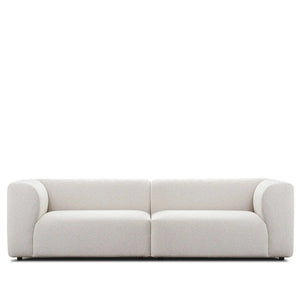




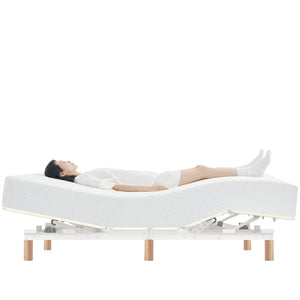
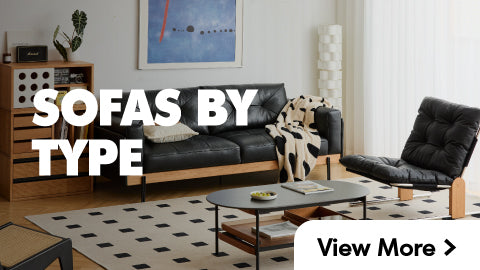
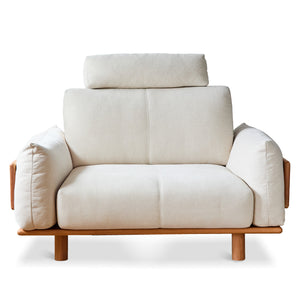

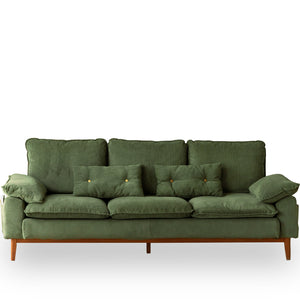
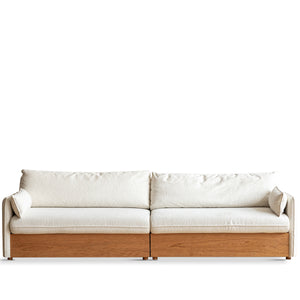
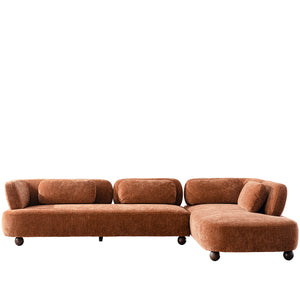
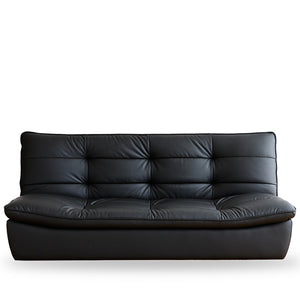
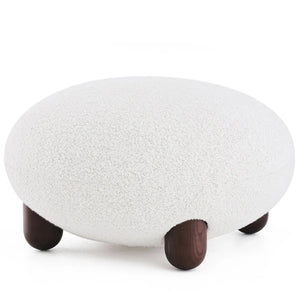
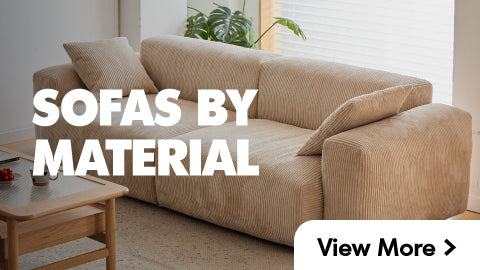
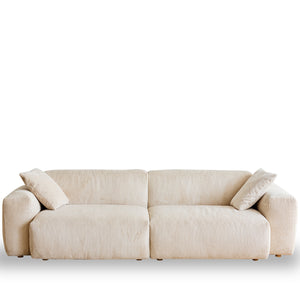
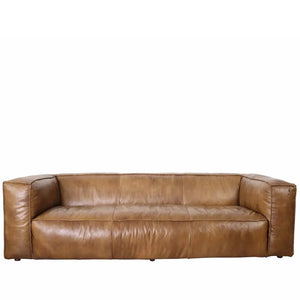
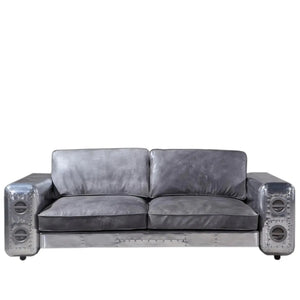
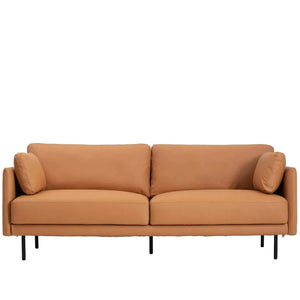
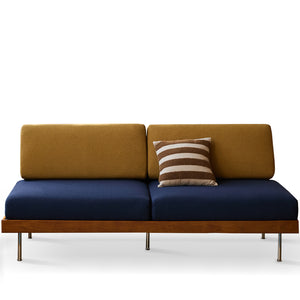
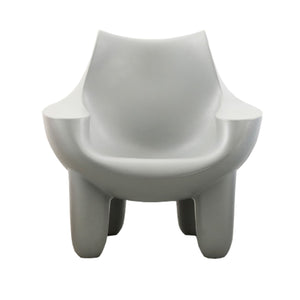


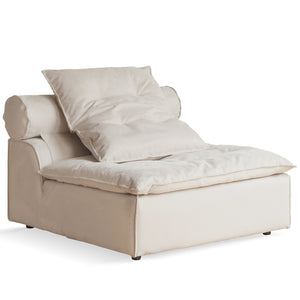

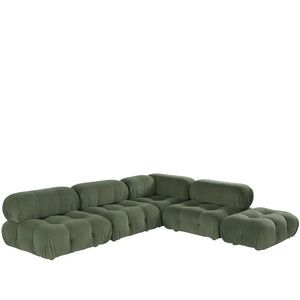
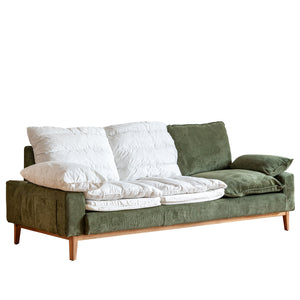
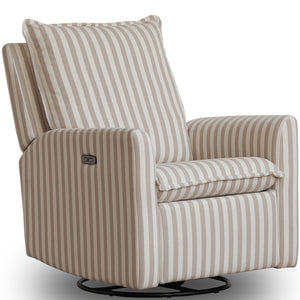
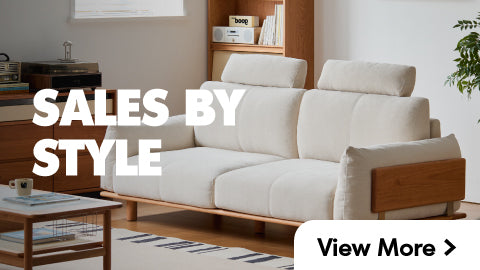
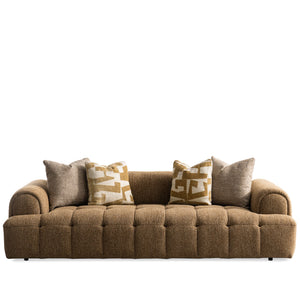

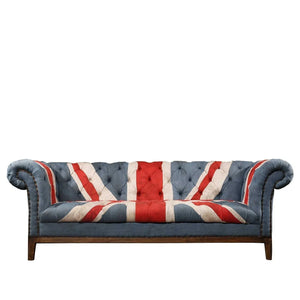
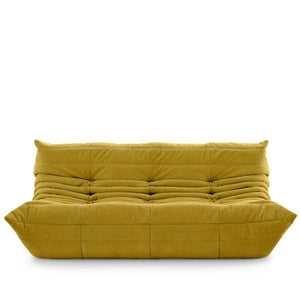
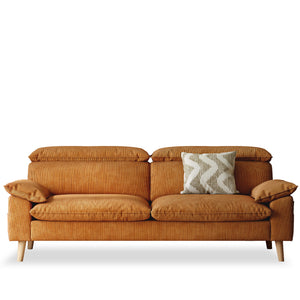
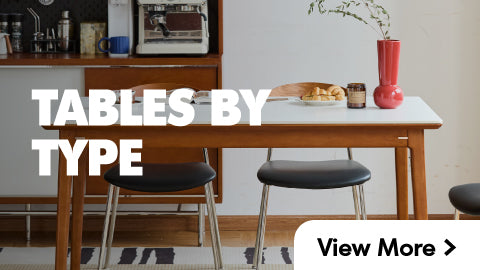
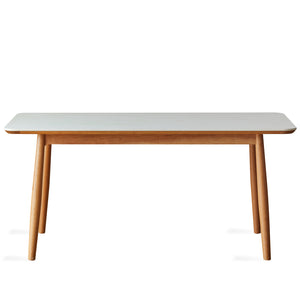
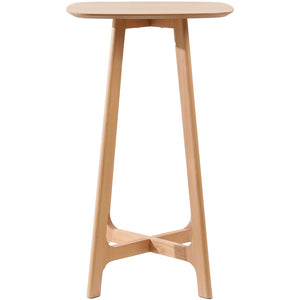
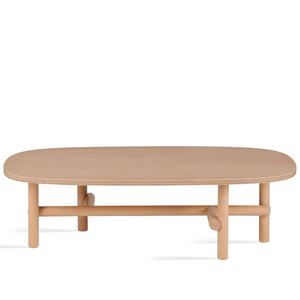
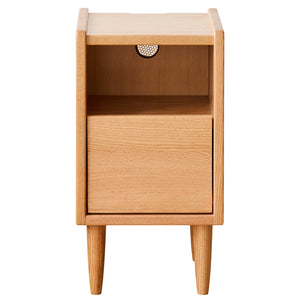
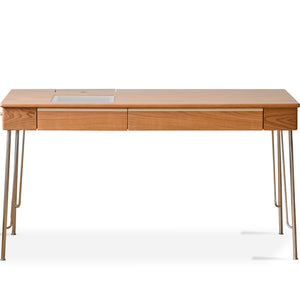
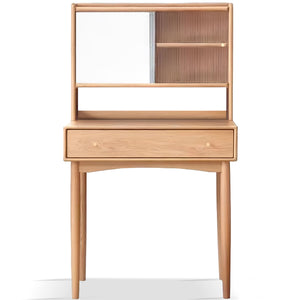
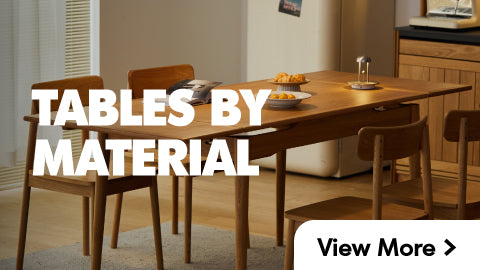
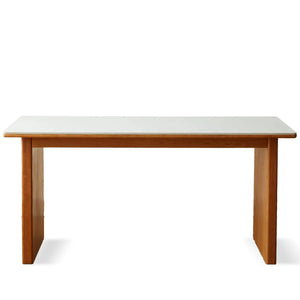
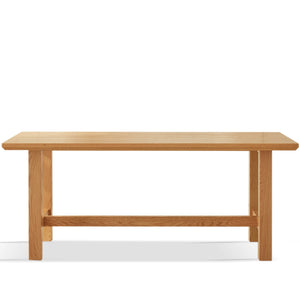
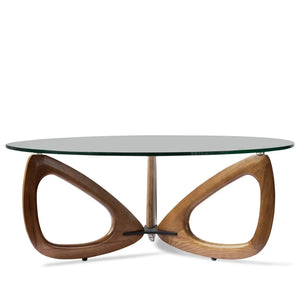
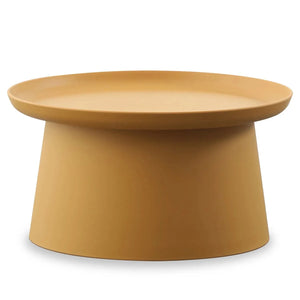

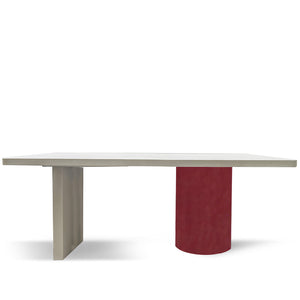
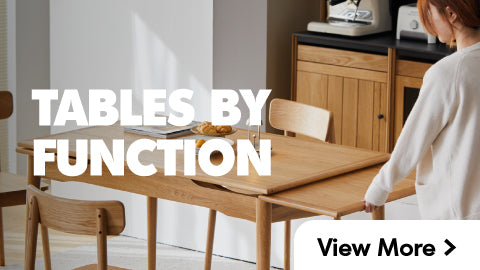
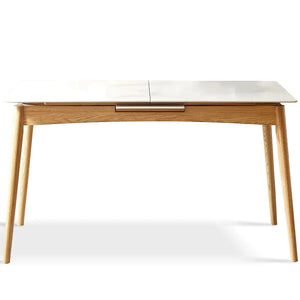
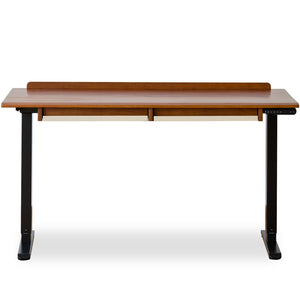
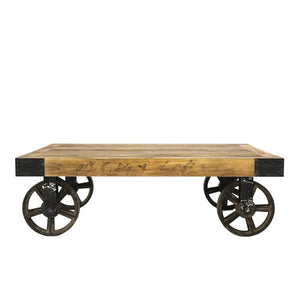

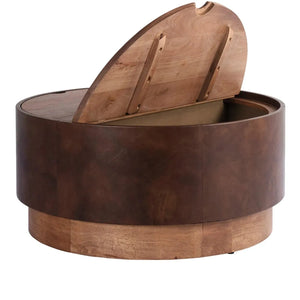
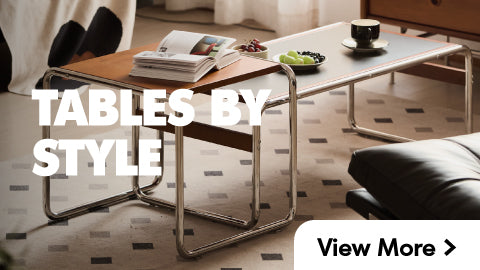
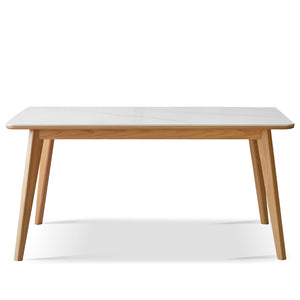

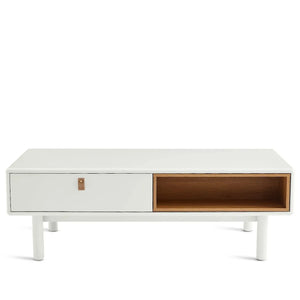
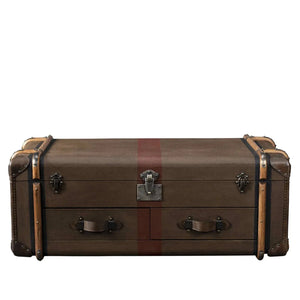
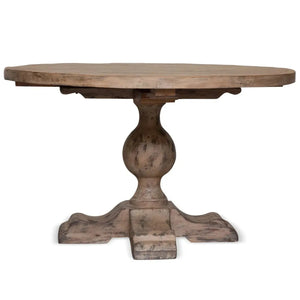
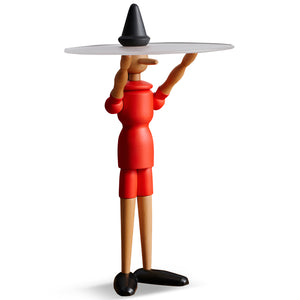
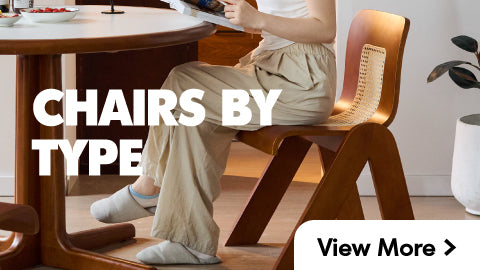
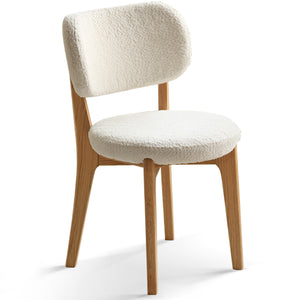
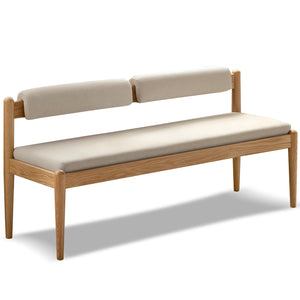
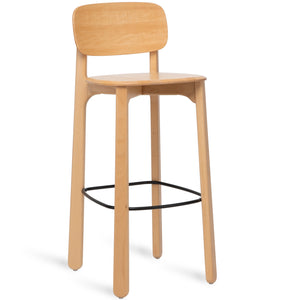
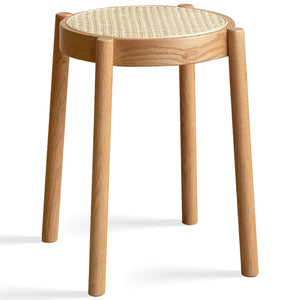
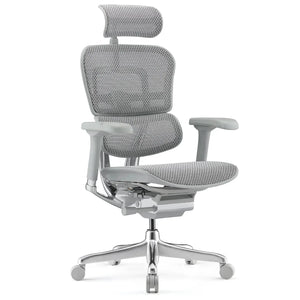
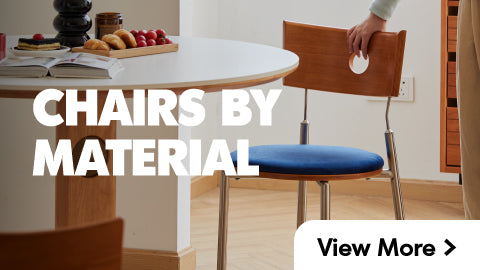
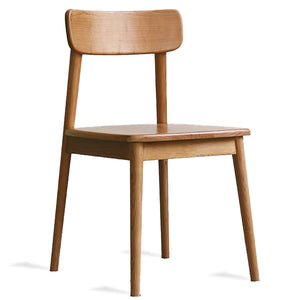
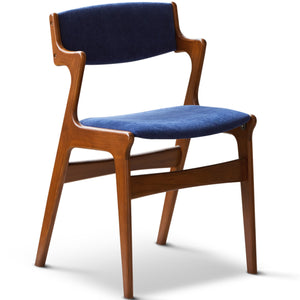
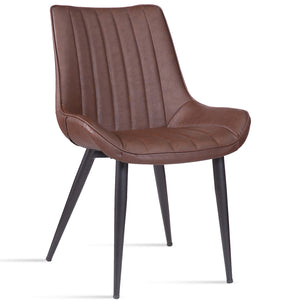
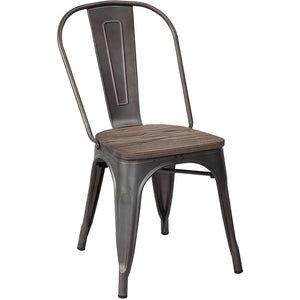
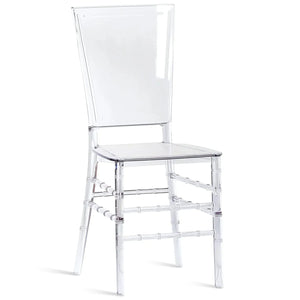
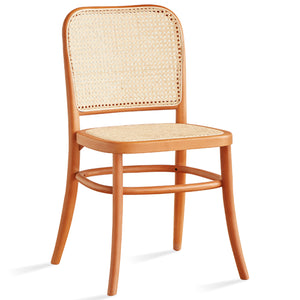
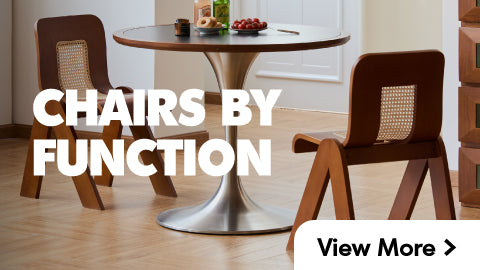
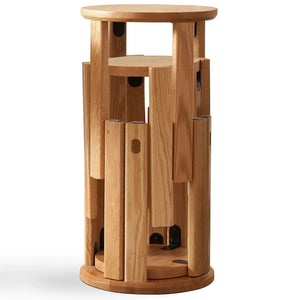

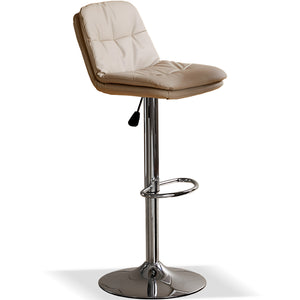
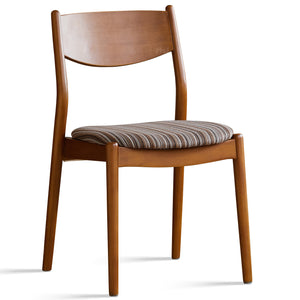
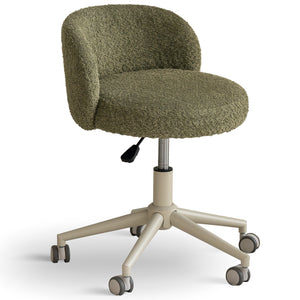
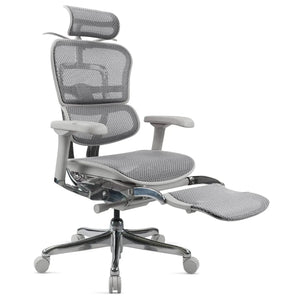
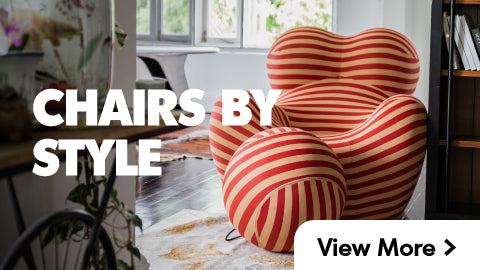
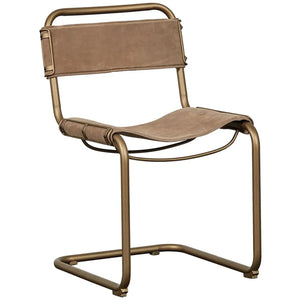
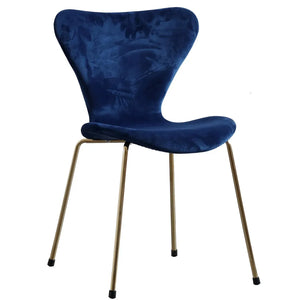
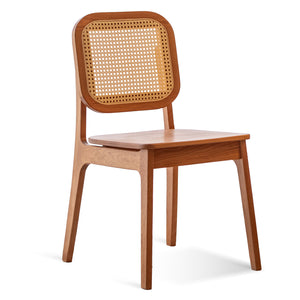
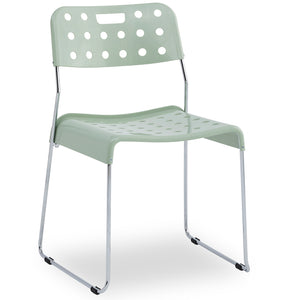
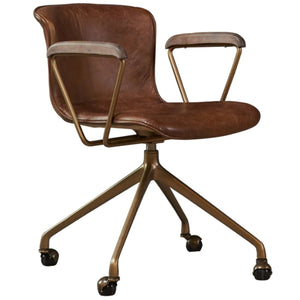

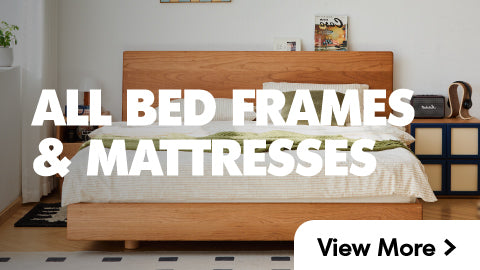
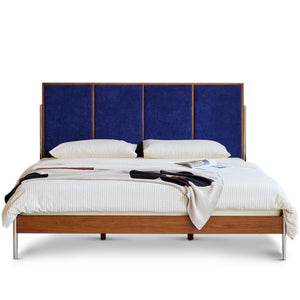
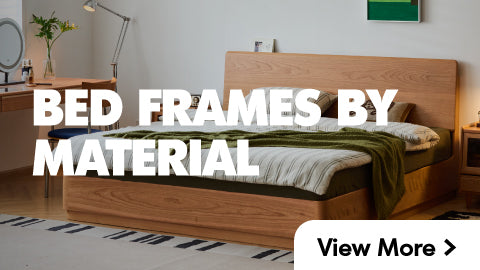
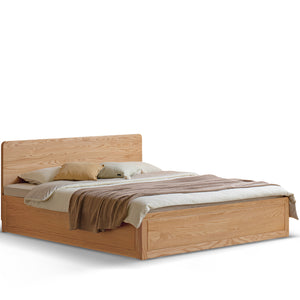
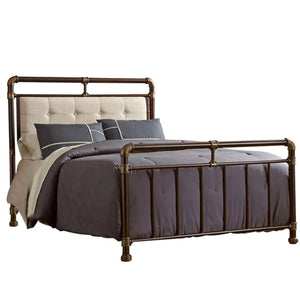
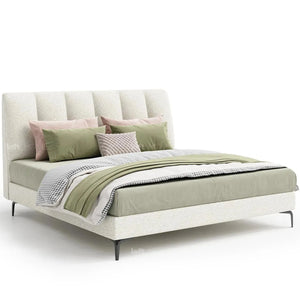
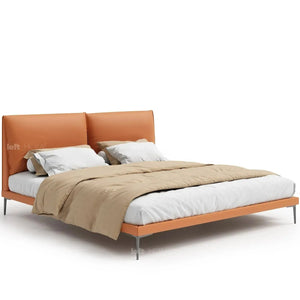
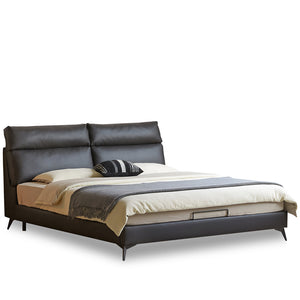
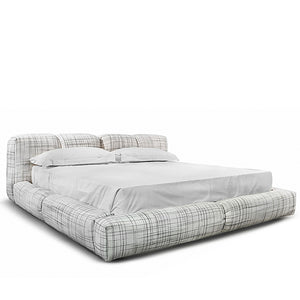
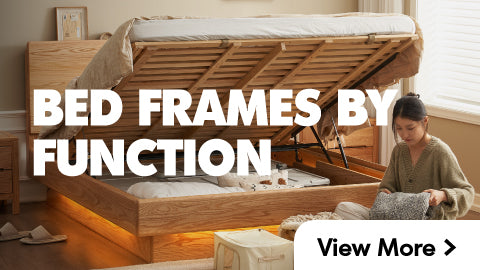
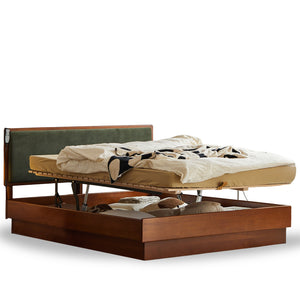


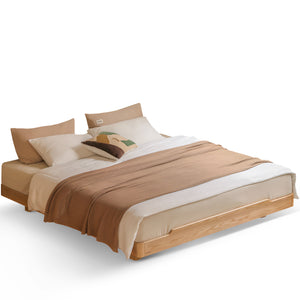
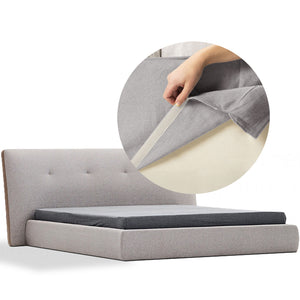
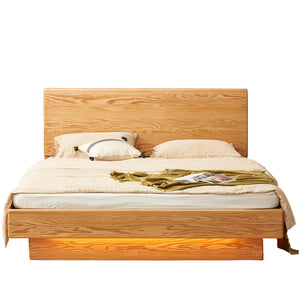
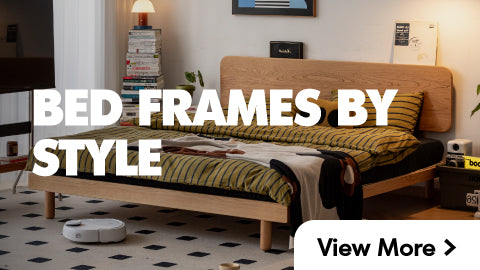
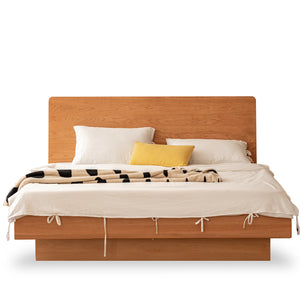
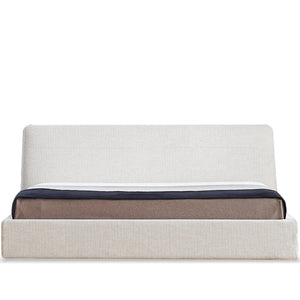
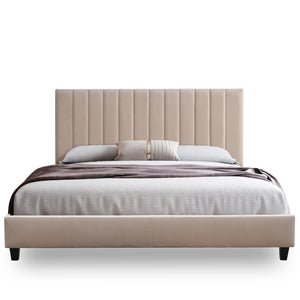
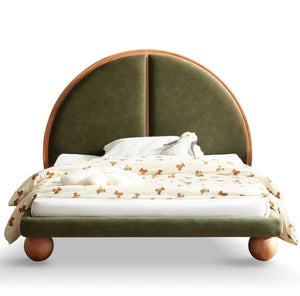
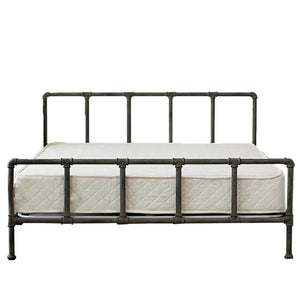
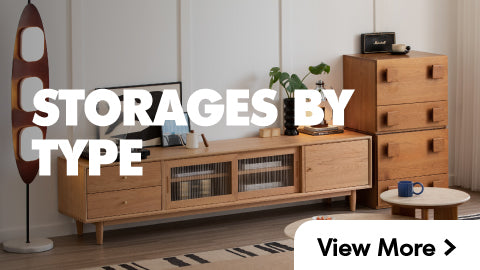
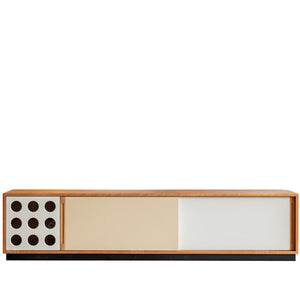

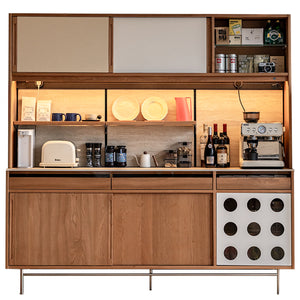
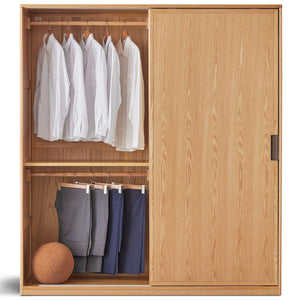
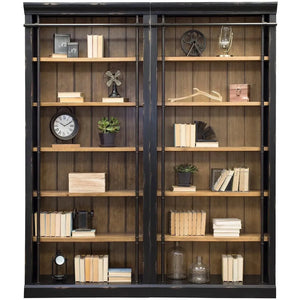
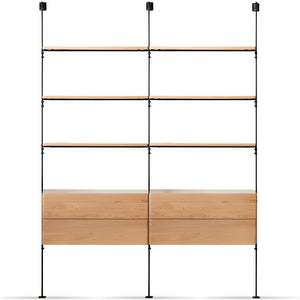
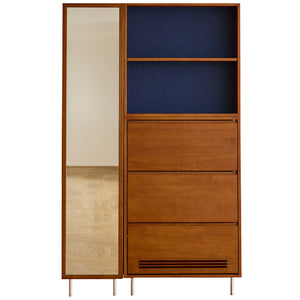
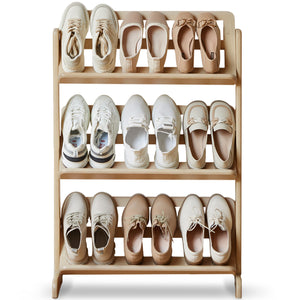
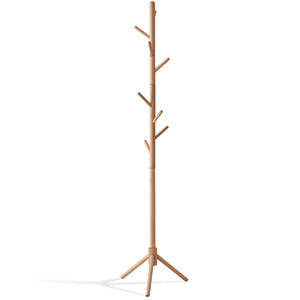
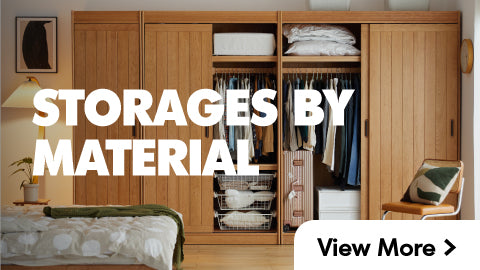
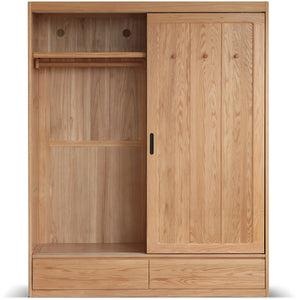
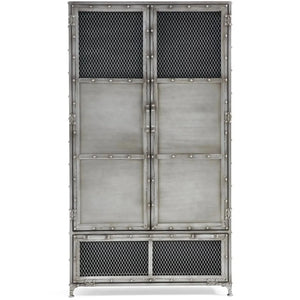
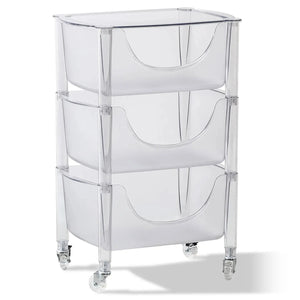
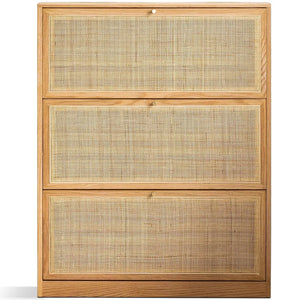
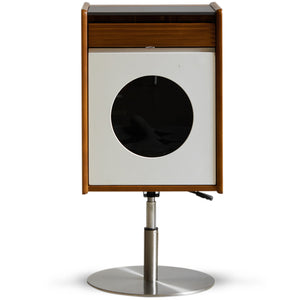
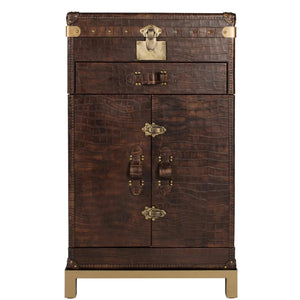

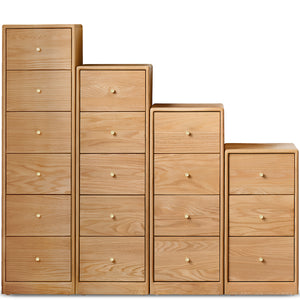
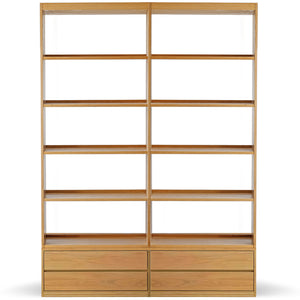
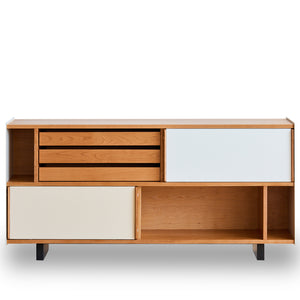
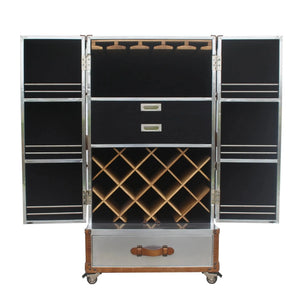
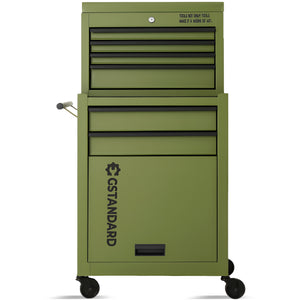

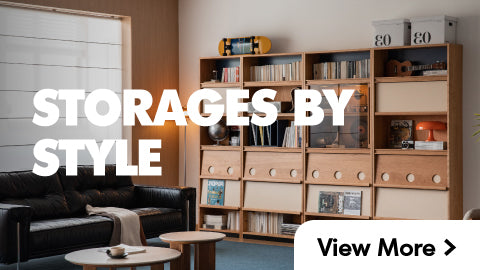
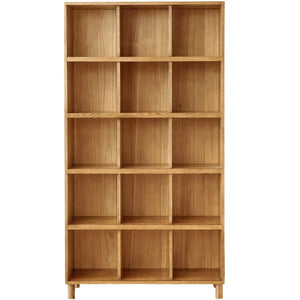

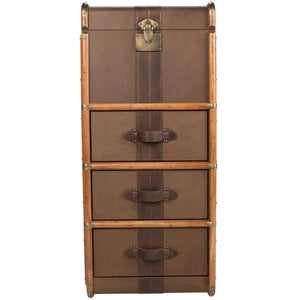
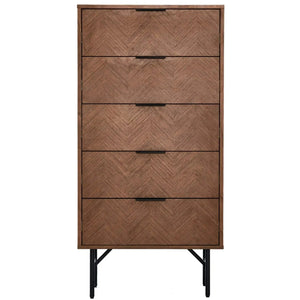
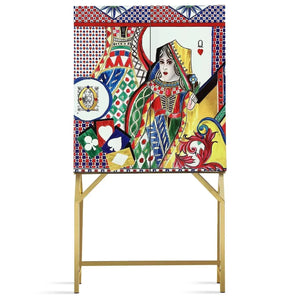
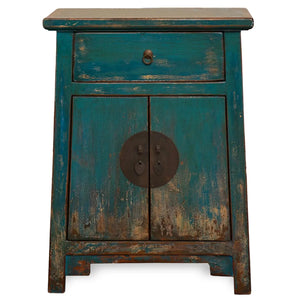


























































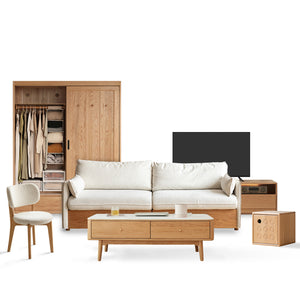
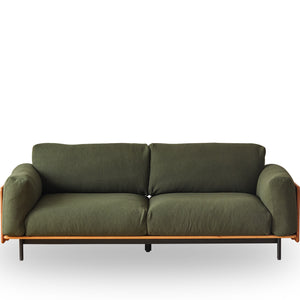
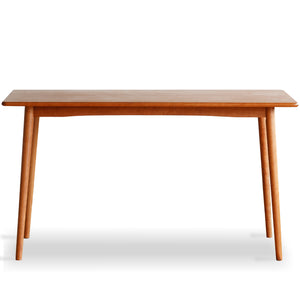
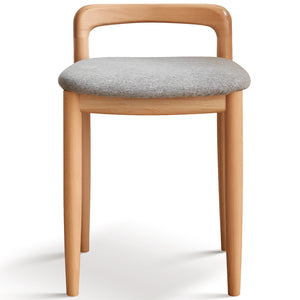
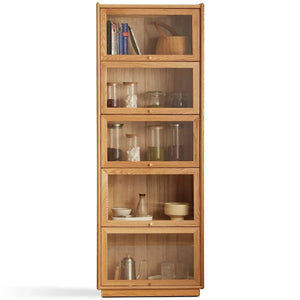
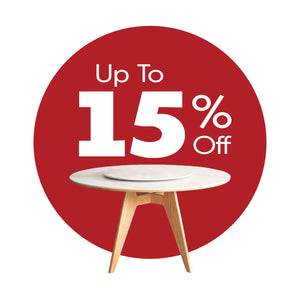
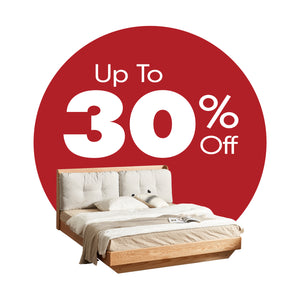

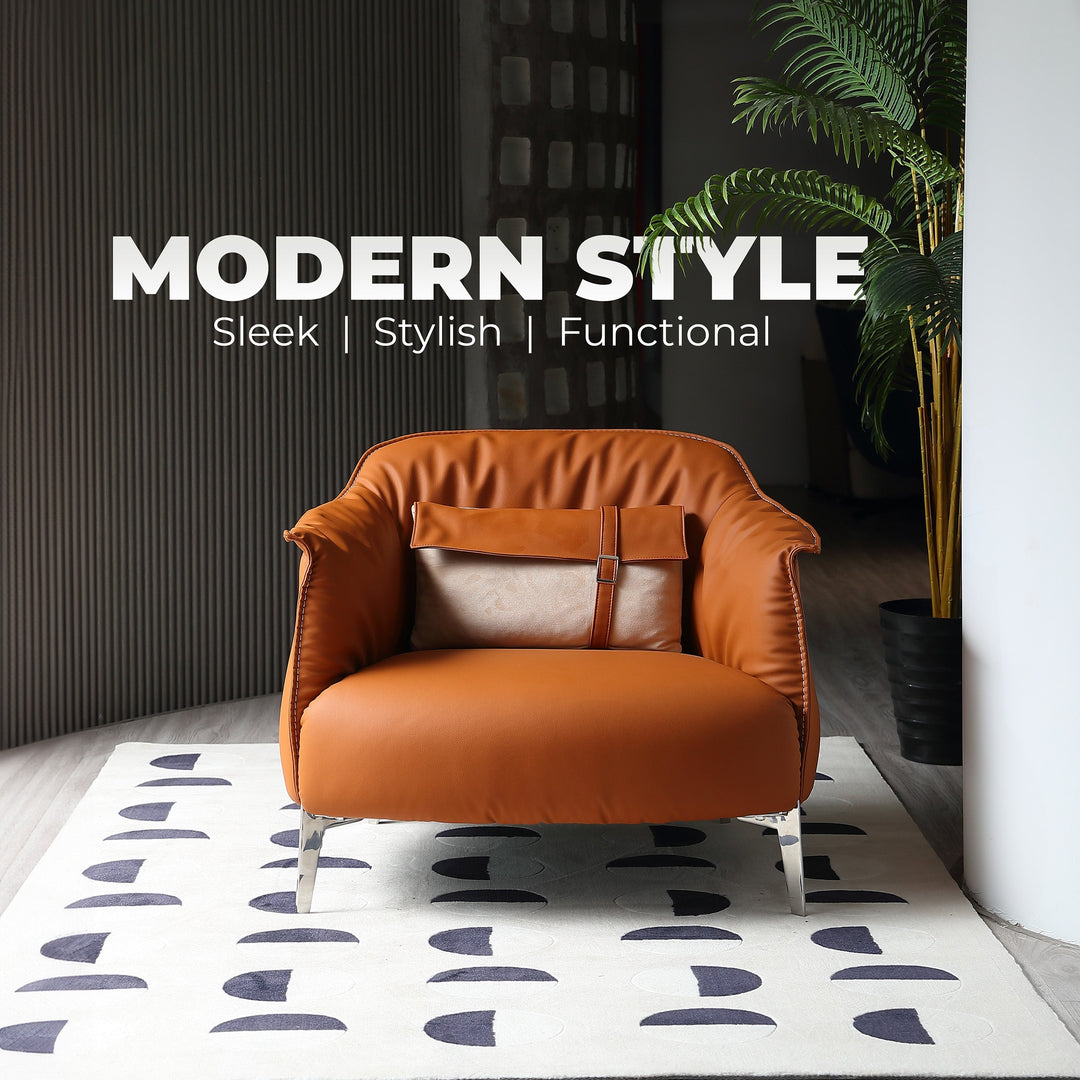
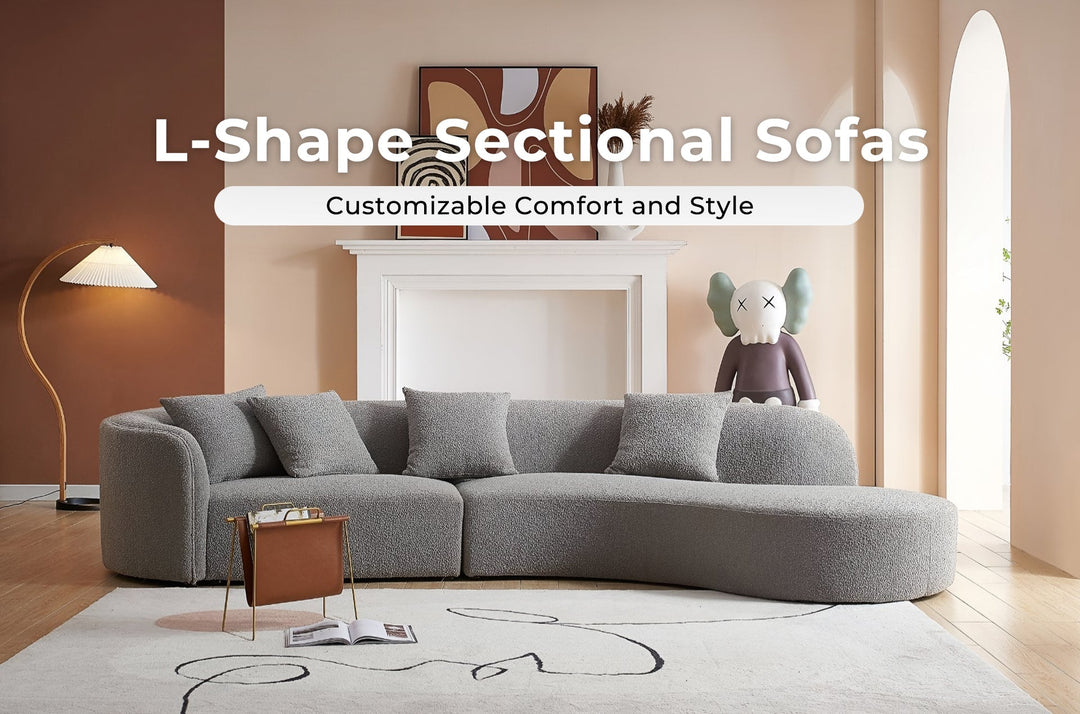
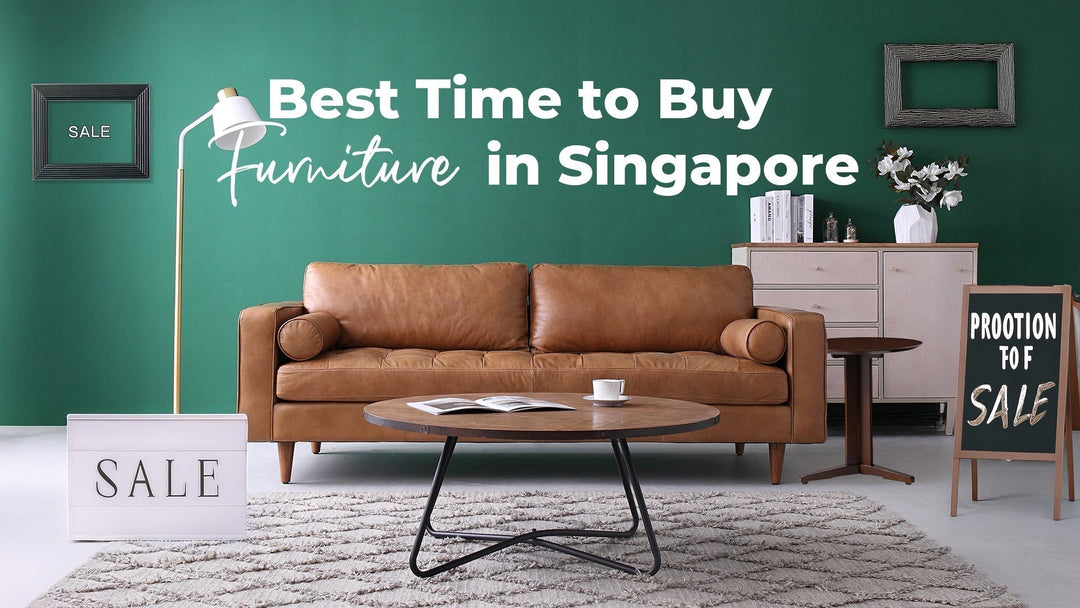
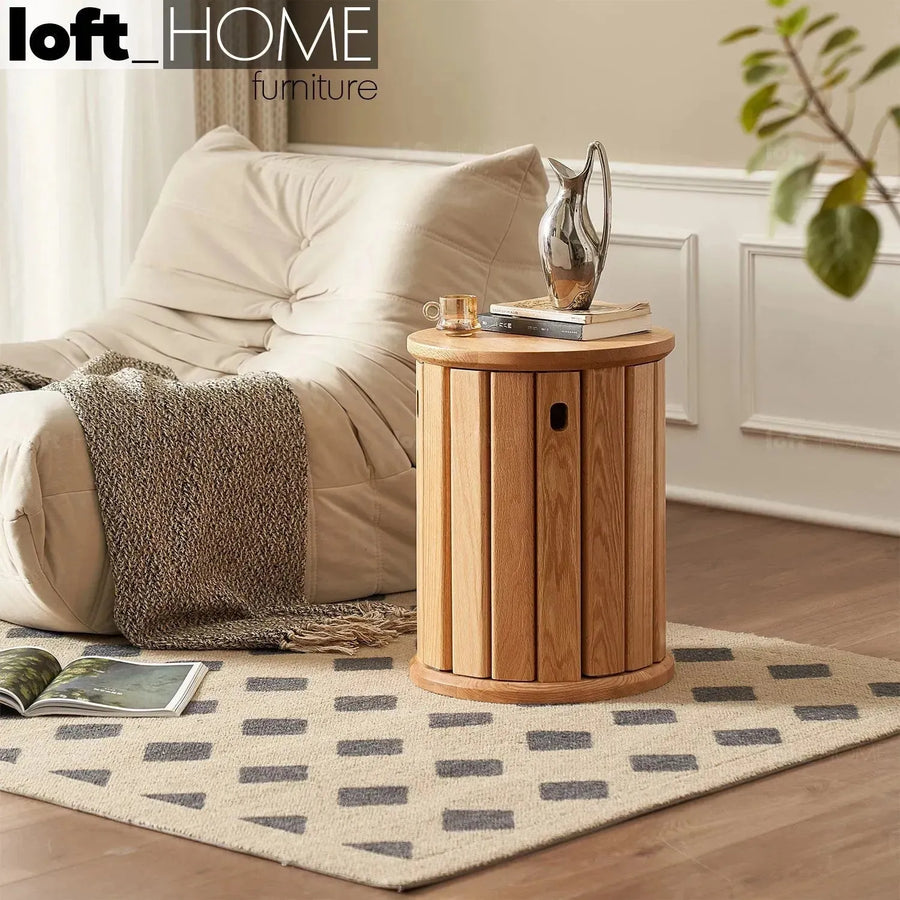
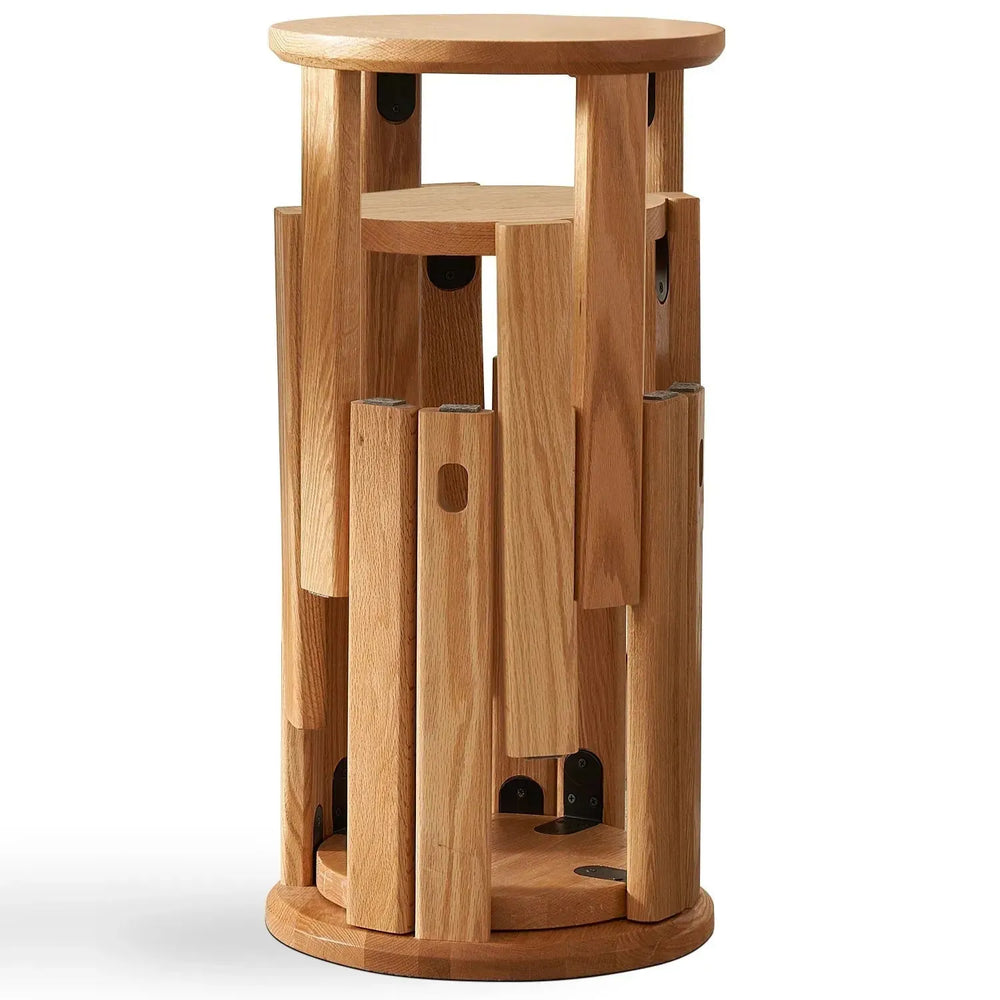

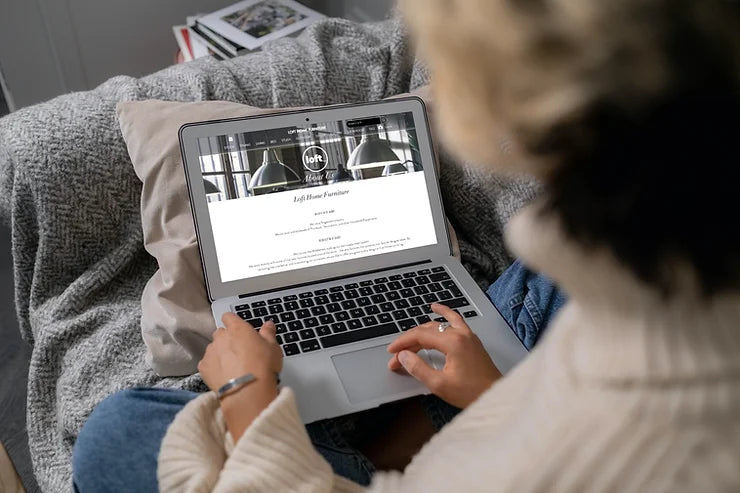
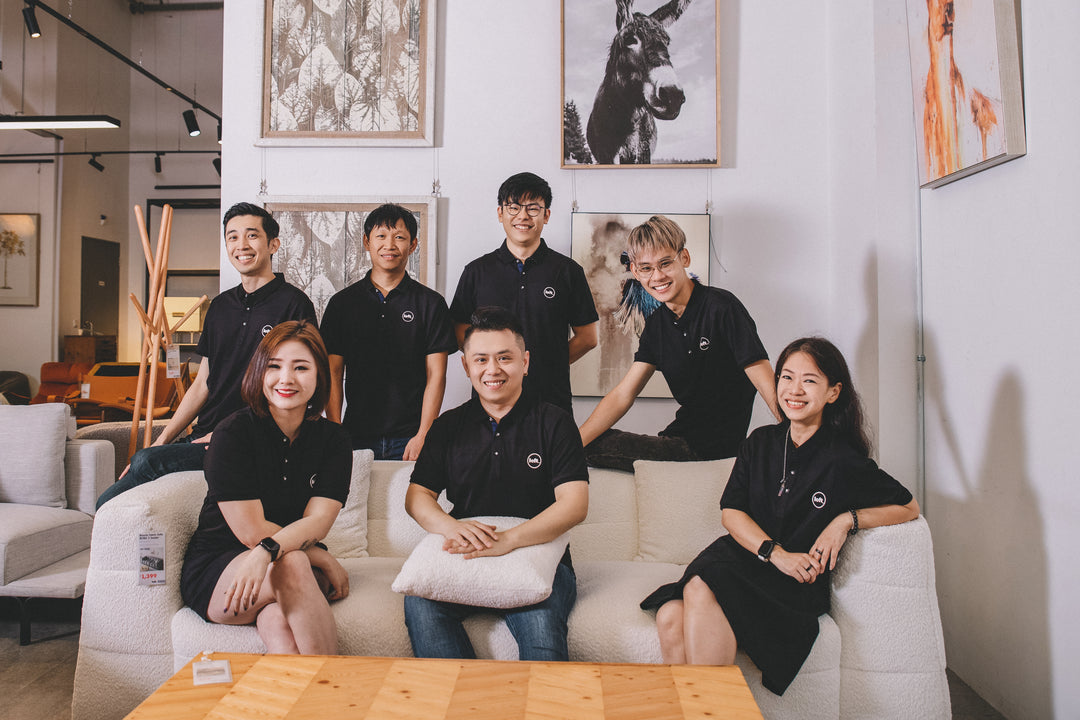
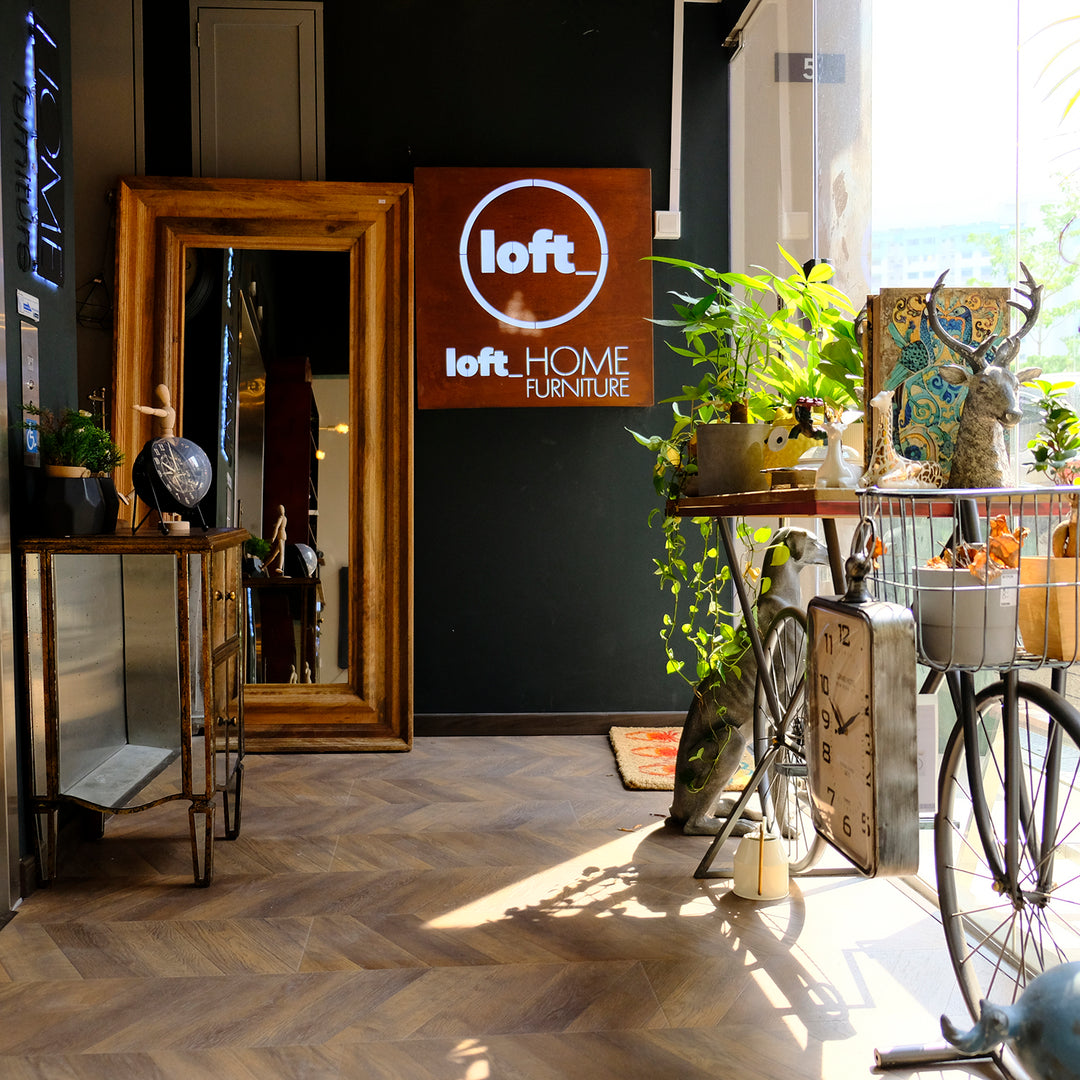
Leave a comment